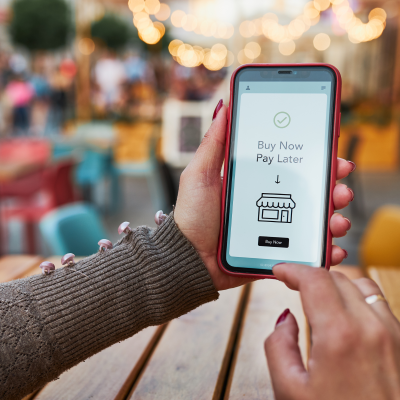For many users worldwide, NFC (Near-Field Communication) currently means only one thing: mobile payments, with the ultimate goal being the ability to replace your wallet (or at least your payment card) with your mobile. Thus far though, consumer’ response to NFC payment systems have been mixed and adoption of the new technology patchy, to say the least. Asia currently leads the way in terms of NFC, perhaps due to a greater population of ‘early adopters’. In Singapore, for example – a country that is uniquely well placed for the introduction of new mobile services due to its 100% signal coverage – one of the world’s largest NFC networks has been rolled out. Consequently, Singaporean consumers can now use NFC at over 20,000 point-of-sale terminals situated in supermarkets, taxis and fast food chains. Similarly, China has experimented with NFC deployment in 14 cities; NFC can be used to pay for public transport in South Korea, too.
Globally, however, the picture is less positive, with forecasts for NFC uptake having to be downgraded, as high-profile launches of products such as Google Wallet struggle in the face of low levels of interest from retailers and consumers. There are also a number of competing systems available in each country – another factor hindering adoption of NFC. Overall, market research firm Gartner expects NFC transactions to account for only 5% of the transaction value of mobile payments in 2017, despite also having predicted a significant rise in NFC adoption after 2016.
Given these figures, it wouldn’t be surprising if mobile manufacturers scaled down integration of NFC into their devices, fearful of investing too much time and effort into what may turn out to be little more than a passing fad. In fact, the opposite is true: research from Berg Insight indicates that total NFC handset sales grew by 300% in 2012 and one in three mobiles is expected to be NFC-enabled by 2017. Such forecasts are backed up by individual manufacturers’ strategies – the new BlackBerry 10 handsets, the Z10 and Q10, for example, are NFC-enabled. So, how then, do we explain this apparent paradox between NFC handset production soaring and mobile payment adoption stalling?
Well, in short, NFC is about far, far more than mobile payments, which is perhaps its most prosaic use possible. A quick look at BlackBerry’s promotional video for NFC clearly demonstrates this: swapping photos between phones is made as simple as tapping two handsets together without the lengthy setup times of pairing devices. Smart tags are also discussed – something which may quickly consign QR codes to the dustbin. These tags simply require users to tap their device against an NFC-enabled poster, advert or surface to gain access to exclusive content.
The future possibilities of NFC are more exciting still, when you consider the technology can potentially replace access cards, boarding passes for airlines, concert tickets and library cards, amongst others. In France, a pilot scheme already allows local maps and other information to be accessed by tapping NFC tags in various locations. Moreover – in what is perhaps the most forward-looking application of NFC thus far – BMW is working on a an NFC-enabled car key that will not only automatically unlock the owner’s car, but then enable them to book a hotel and download their room key, thus allowing handset owners to bypass check-in procedures altogether!
Such schemes demonstrate the versatility of NFC and it only remains to be seen what direction mobile NFC will be pushed in next. So, while NFC mobile payment may never achieve the dominance its backers envisaged, the future for NFC itself remains as bright as ever.




